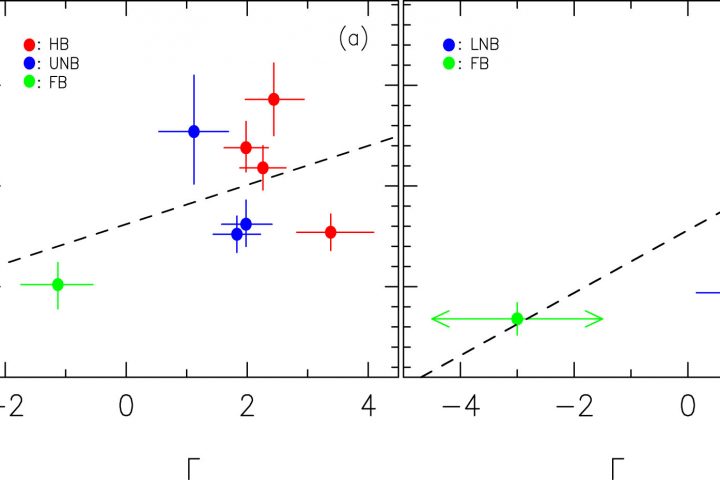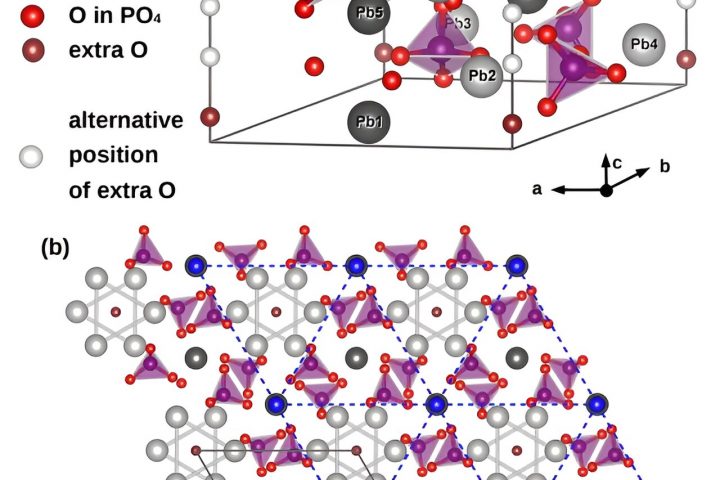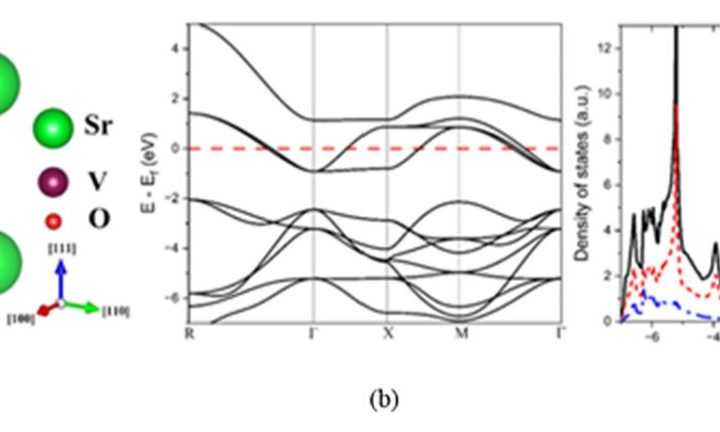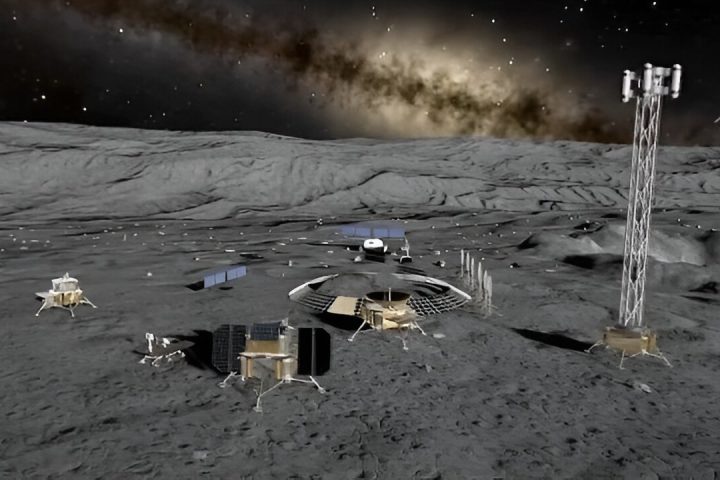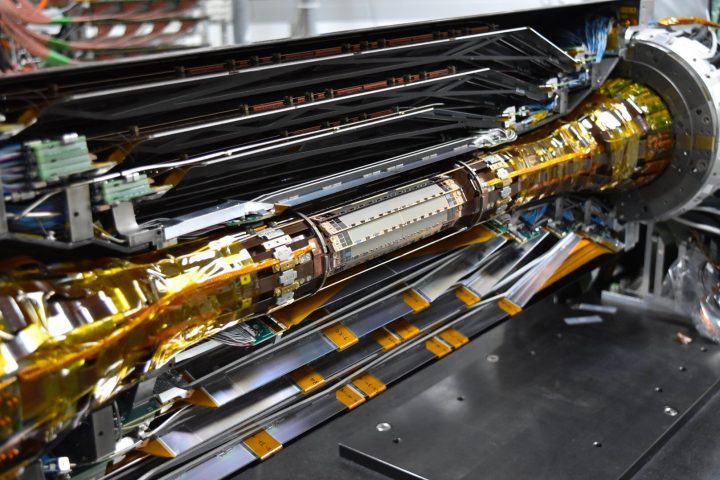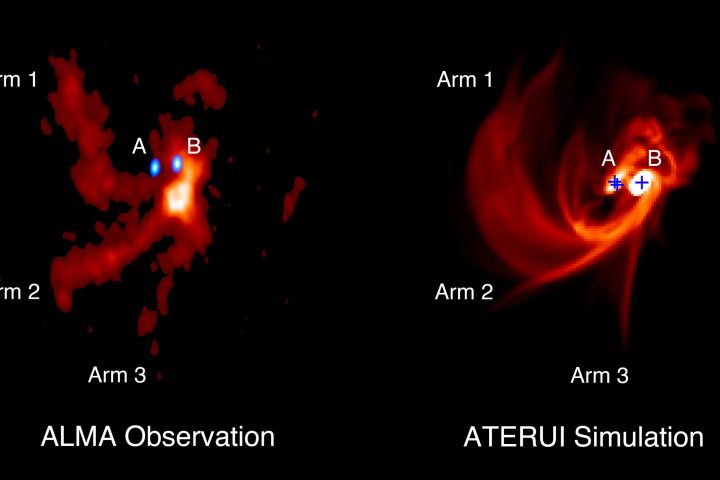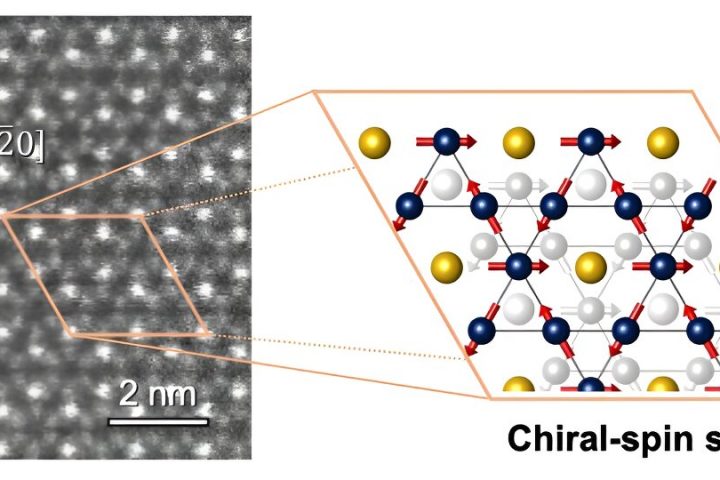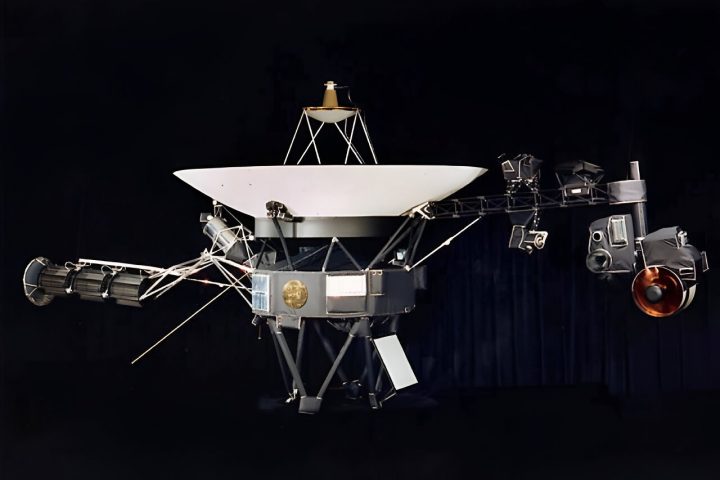Japan's XRISM (X-ray Imaging and Spectroscopy Mission, pronounced "crism") observatory, expected to launch Aug. 25 (Aug. 26 Japan local time), will provide
With the observational data of the Hard X-ray Modulation Telescope (HXMT), the first X-ray astronomical satellite of China, Dr. Ding Guoqiang from
LK-99 is the name of the material that is being hotly debated around the world these days: A Korean research group published
Japan's XRISM (X-ray Imaging and Spectroscopy Mission, pronounced "crism") observatory, expected to launch Aug. 25 (Aug. 26 Japan local time), will provide
Liquid crystal displays, touchscreens, and many solar cells rely on thin-film crystalline materials that are both electrically conductive and optically transparent. But
Researchers from the Chinese Academy of Sciences and the Chinese National Space Administration recently published a study in the journal Space: Science
The Belle II cooperation project at the Japanese research center KEK is helping researchers from all over the world to hunt for
New observations and simulations of three spiral arms of gas feeding material to three protostars forming in a trinary system have clarified
Researchers at Tohoku University and Massachusetts Institute of Technology (MIT) have unveiled a representative effect of the anomalous dynamics at play when
NASA has succeeded in re-establishing full contact with Voyager 2 by using its highest-power transmitter to send an "interstellar shout" that righted




